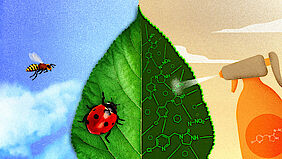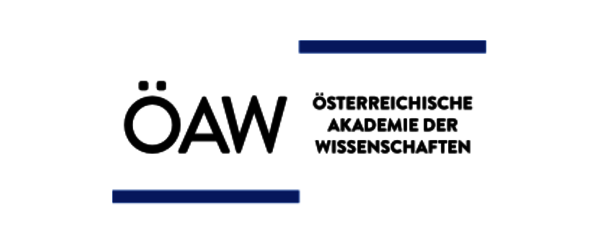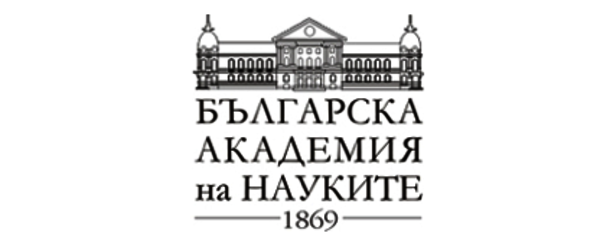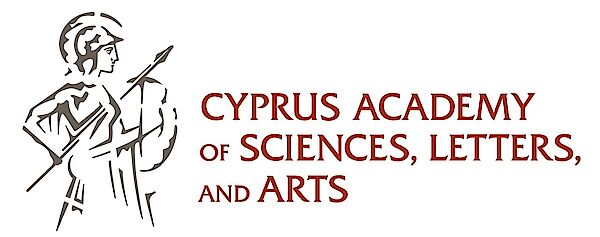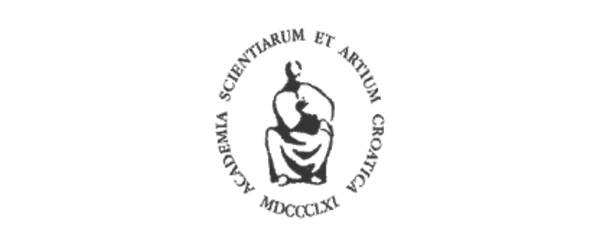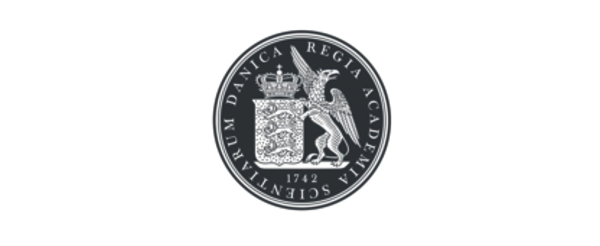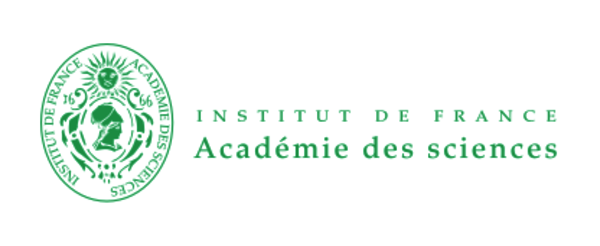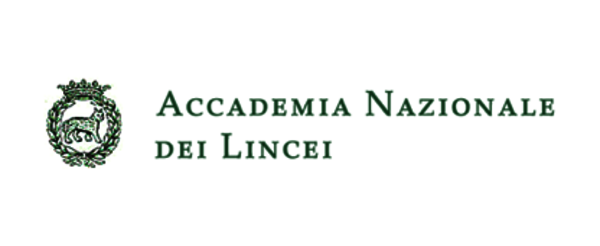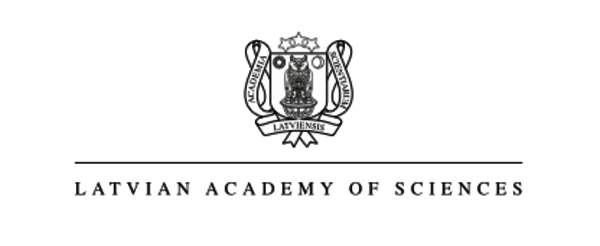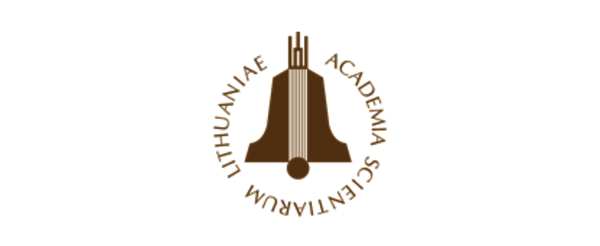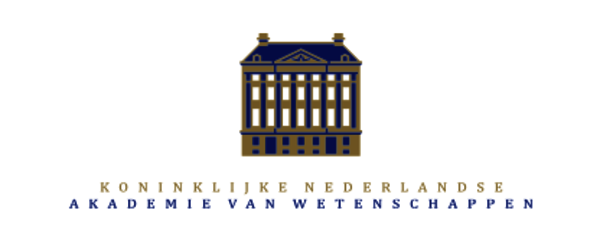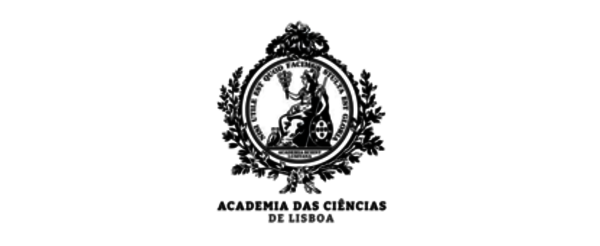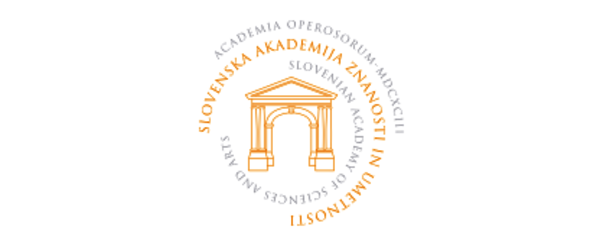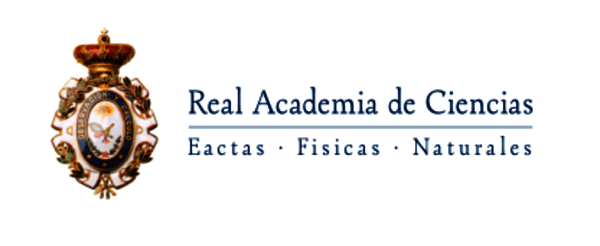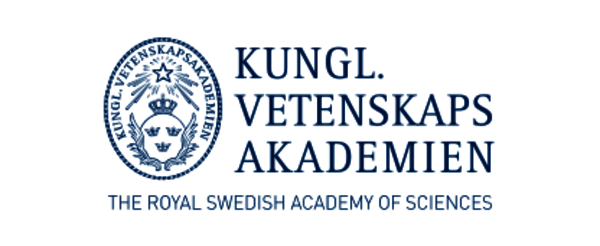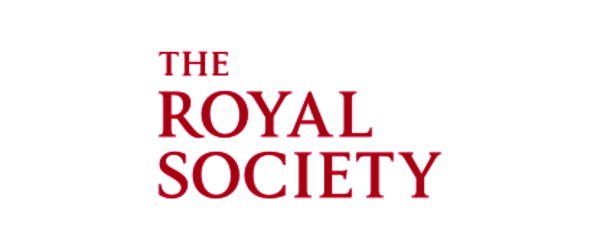News & Academies' activities
Making Integrated Pest Management more Accessible to Farmers: EASAC Welcomes European Commission’s Efforts
The European Commission published a tool box of good practice in integrated pest management (IPM) at the same time as EASAC released its comprehensive review of the use of Neonicotinoids and their Substitutes in Sustainable Pest control. Making existing information readily available to farmers is one of the many steps that may be needed to switch agricultural norms away from their reliance on chemical pesticides and towards a more nature friendly agriculture.
EASAC’s analysis of IPM shows that despite much historical success when promoted in special national programs, farmers resort to the simplicity of pesticides when special support measures have been removed. An effective IPM strategy needs support, incentives and regulatory pressures if it is to become mainstream and deliver food security with less environmental and health impacts. As recognized in the current debate in the European Parliament, the first step is to make it explicit that IPM has a cascade of priorities where chemical control is the option of last resort. It also increases the complexity of farming management and requires additional decision-making. In addition, detailed husbandry knowledge and experience is of the essence, increasing the need for external advice and support, such as the Commission’s database project.
Farmers may need help to make new investments, and there is a need for basic monitoring services (such as pest density), so IPM practices and technologies should be encouraged through the incentives in the Common Agricultural Policy (CAP). The agrochemical industry can also support the transition to IPM by moving away from mass-market sales of treated seeds and crop protection options, to more target-specific and niche markets that support farmers’ moves to increase crop biodiversity and apply biological and other control mechanisms. All the while, it is important to take a landscape perspective that extends beyond the single farm: Pest populations migrate across farms and wider areas, so coordinated pest control actions are the optimal approach.
As these issues are being debated in the Parliament, and EASAC offers its detailed analysis in its report to support this debate.
Prof. Michael Norton
EASAC Environment Programme Director
Michael.Norton@easac.eu

